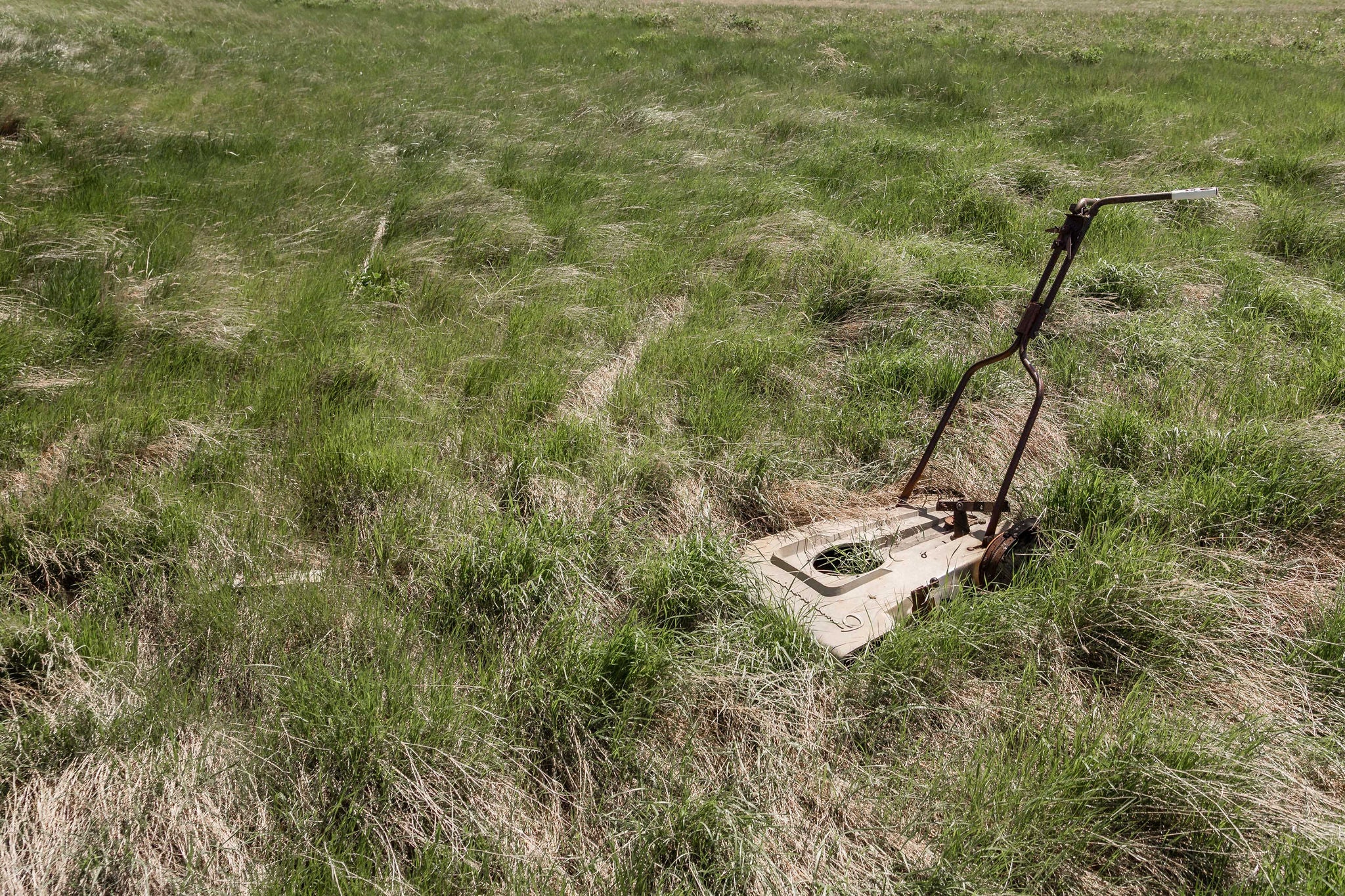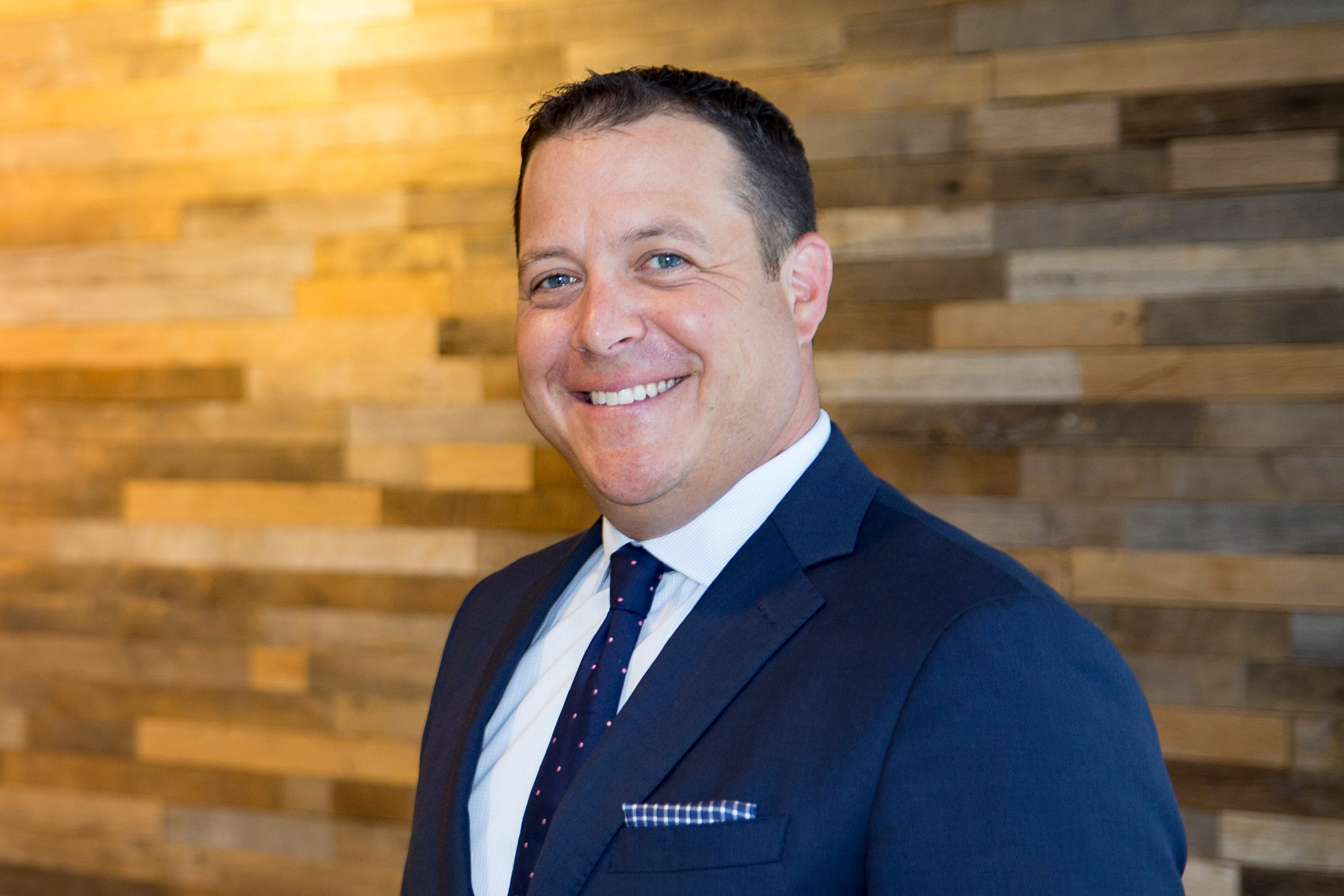EY refers to the global organization, and may refer to one or more, of the member firms of Ernst & Young Global Limited, each of which is a separate legal entity. Ernst & Young Global Limited, a UK company limited by guarantee, does not provide services to clients.
Why Chapter 11 didn’t mark the end of the Briggs & Stratton story
EY teams assisted Briggs & Stratton, the global leader in lawnmower engines, when mounting debt threatened to turn off its engines for good.
The better the question
How can you keep engines running when there’s no gas in the tank ?
The outlook appeared bleak when the pandemic interrupted sales for the over-leveraged small-engine maker.
When Briggs & Stratton called on EY-Parthenon to help forge and implement a divestiture strategy, de-levering the balance sheet and refinancing debt with a close maturity date were high priorities. And then, four days later, the US and much of the world went into lockdown. Factories shut down temporarily and the immediate sales of lawnmowers were significantly disrupted.
With liabilities totaling some US$1b, the century-old icon of American engineering — a household name across the world — seemed to be out of options. “With people coming at us from all directions,” recalls Kathryn Buono, then VP and General Counsel for Briggs & Stratton, “it was a relief that EY created a cohesive relationship process to support the B&S team. We were able to deal with just a handful of key people, though we could tell there was a huge supporting team in the background — which gave us all comfort.”
A divestiture that would streamline the company while providing some essential cash injection seemed superficially a smart strategy. However, with COVID-19 inducing a shut-down of the transaction markets that temporarily limited that strategy, might there be other — better — options?

The better the answer
Create a breathing-space for the company to develop a plan
Near-term relief from liquidity issues would buy the company time to review all its options — and bring stakeholders and lenders onboard.
It’s almost impossible to make the best strategic decisions under extreme pressure and under extreme circumstances. The pandemic introduced so much uncertainty in general that developing a realistic business plan for a global business was a complex undertaking. Nevertheless, the EY team successfully shifted the priorities from a focus on indebtedness to a focus on the company and its potential in the future. To create space to do this meant working with other advisors to identify a restructuring plan, launch a junior capital raise and strictly manage day-to-day cashflow.
EY managed the process and information flow particularly well, but more than that they took the time to make it personal. .
The company typically would build up inventory over the summer for sale later in the year, but this approach needed to change in order to reduce the cash burn. The pandemic had a silver lining for Briggs & Stratton: families forced to stay at home started spending more time in their backyards, cutting grass and doing home improvements. This was good for revenues, but the cash to support them remained scarce.
Strategic decisions taken by the company, including taking temporary pay cuts, along with government payroll tax deferrals, helped improve cash flow. All the while EY teams were working with the company and other advisors to see if alternative capital raises might be possible.
“I came to realize that there is a bankruptcy club of sorts,” recalls Buono, “involving banks, accountants, and lawyers who all know each other and are experts at what they do. It was a huge advantage to us that EY was a member of that club and had access to key players in the industry. They could work together efficiently and the communication never missed a beat.”
EY teams identified three key liabilities: a revolving credit facility for working capital funding; US$195m in unsecured notes due to be repaid in December 2020 and an unfunded pension liability. The total was almost US$1 billion. Lenders were presented with a pragmatic plan for the company, based on tangible actions and economic derived inputs, rather than an optimistic hockey stick-shaped forecast.
“EY managed the process and information flow particularly well, but more than that they took the time to make it personal,” says Buono. “Given that everything had to be done virtually due to the pandemic, and we were all basically working 24/7, the relationship building was important. EY people were easy to reach — you never felt you were imposing on their time — they were genuine, capable, intelligent and fun to work with.”
Ultimately, a Chapter 11 filing was necessary as part of the strategy to turnaround the company and in July 2020, the company filed for bankruptcy protection with a stalking horse purchaser in place, funding for the Chapter 11 process available and a path forward in sight.
The sales and marketing process resulted in the same conclusion as EY’s valuation analysis - the company was worth more as a whole than if it was broken up. Eventually, with no other credible bidders emerging for the entire business, the company’s lenders and creditor stakeholders were convinced of the plan that saved the company in its entirety and the stalking horse bidder (KPS Capital Partners) was confirmed as the successful purchaser.
Secured creditors were covered in whole while the total process (managed entirely remotely and leveraging EY’s proprietary tech tools and platform) took just 63 days from filing to closing. The aggressive timeline was essential to preserve as much value in the company as possible.

The better the world works
A new blueprint for bankruptcies during global crises
Experience, drive and an ability to think beyond the obvious saved an American icon and opened a new chapter in its story.
To rescue a company on the brink of collapse is never easy. But to do it at the height of the global pandemic, when no in-person meetings could take place, when the financial markets were all but closed — was remarkable. “Our Board and management team clearly respected the EY team,” says Buono. “They were great at explaining issues as we went along, had a ‘roll-up-your-sleeves’ focus on getting the work done, and were never arrogant. I even keep up with some of the EY folk from that time, to this day.”
The EY teams were able to help write a new chapter for a company that was founded at the dawn of the 20th century, which grew on the back of the big post-war suburban boom and put its residential small power machines and lawnmowers in nearly every garage across the States and eventually the world. By leveraging the extensive experience of EY’s Strategy and Transactions professionals alongside the EY suite of proprietary technologies, and using this capability to connect stakeholders, management, lenders and advisors across time zones remotely, as the pandemic closed off traditional processes, EY teams ensured that short-term solutions weren’t actioned at the expense of long-term strategy.
More than 4,000 jobs were saved, with many of them located in rural locations where alternative employment options are scarce. Saving the company also meant saving the many small businesses in Briggs & Stratton’s supply chain and distribution channel. The company that appeared too ill to survive had a transformed future that benefitted its lenders, its stakeholders, its management, its employees and its customers with a new owner dedicated to its growth.
Briggs & Stratton’s workforce was redeployed. One of the United States’ most recognized engineering brands was saved. The rural communities where the company’s operations are rooted can all continue to thrive as a sustainable future is secured. The outstanding speed of execution minimized the leaching away of value during the peak of the pandemic crisis. Calm heads, outstanding technology, and a deep understanding of the business issues facing the company combined to transform imminent catastrophe into a new growth phase.
How EY can Help
-
EY-Parthenon Restructuring and Turnaround Consulting professionals can help your business transform, create, preserve and recover value. Find out how.
Read more
The Team
Related Content
Fashioning a sustainable future for an online clothing retailer
EY-Parthenon has helped fashion retailer ASOS to identify opportunities to unlock value, making it more resilient and better prepared for the future. Learn more.
How the last financial crisis has driven improved resilience of banks
Banking insolvencies during the 2008 financial crisis highlighted areas that needed strengthening in the wider banking regulatory framework. Learn more.







